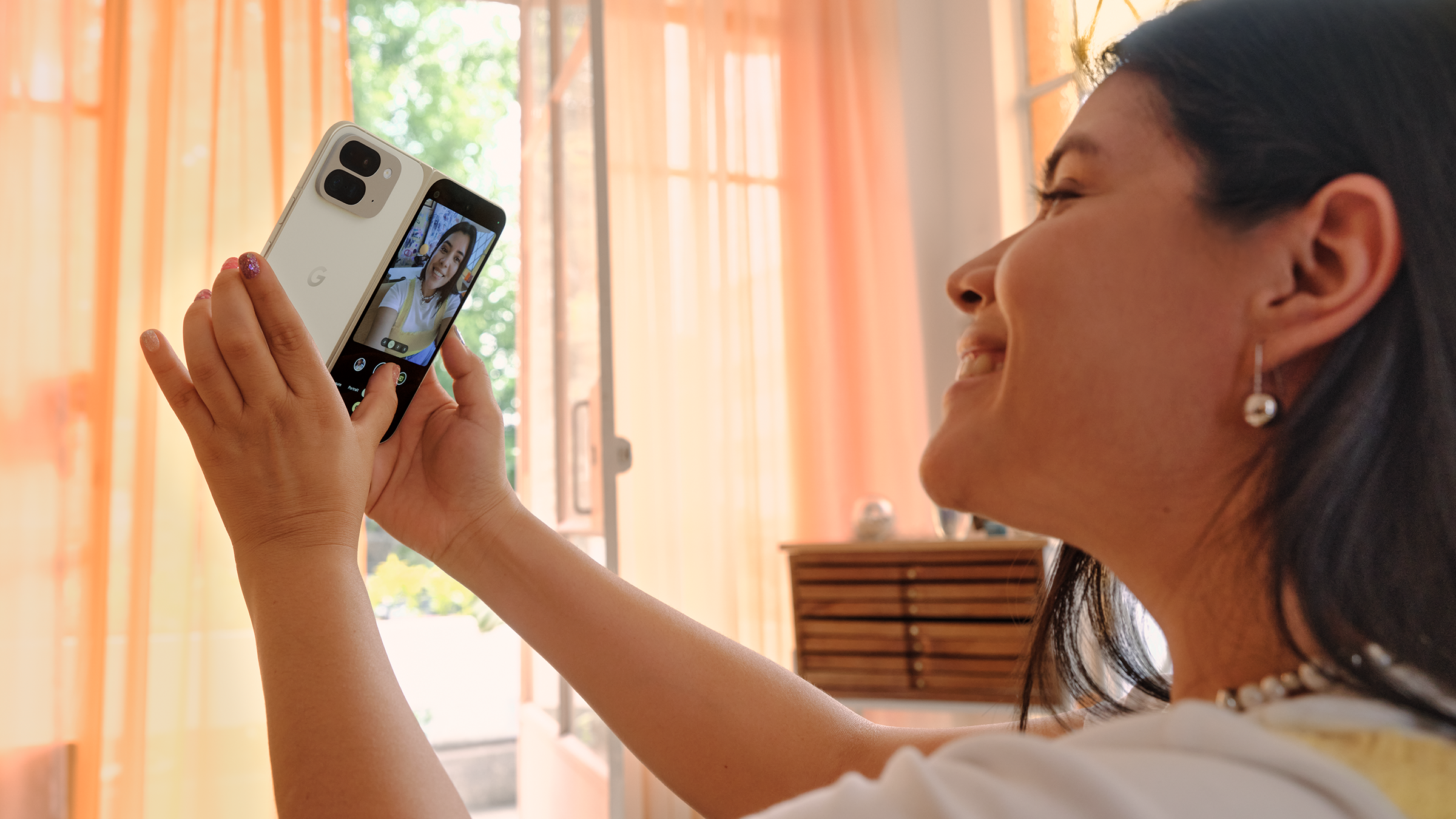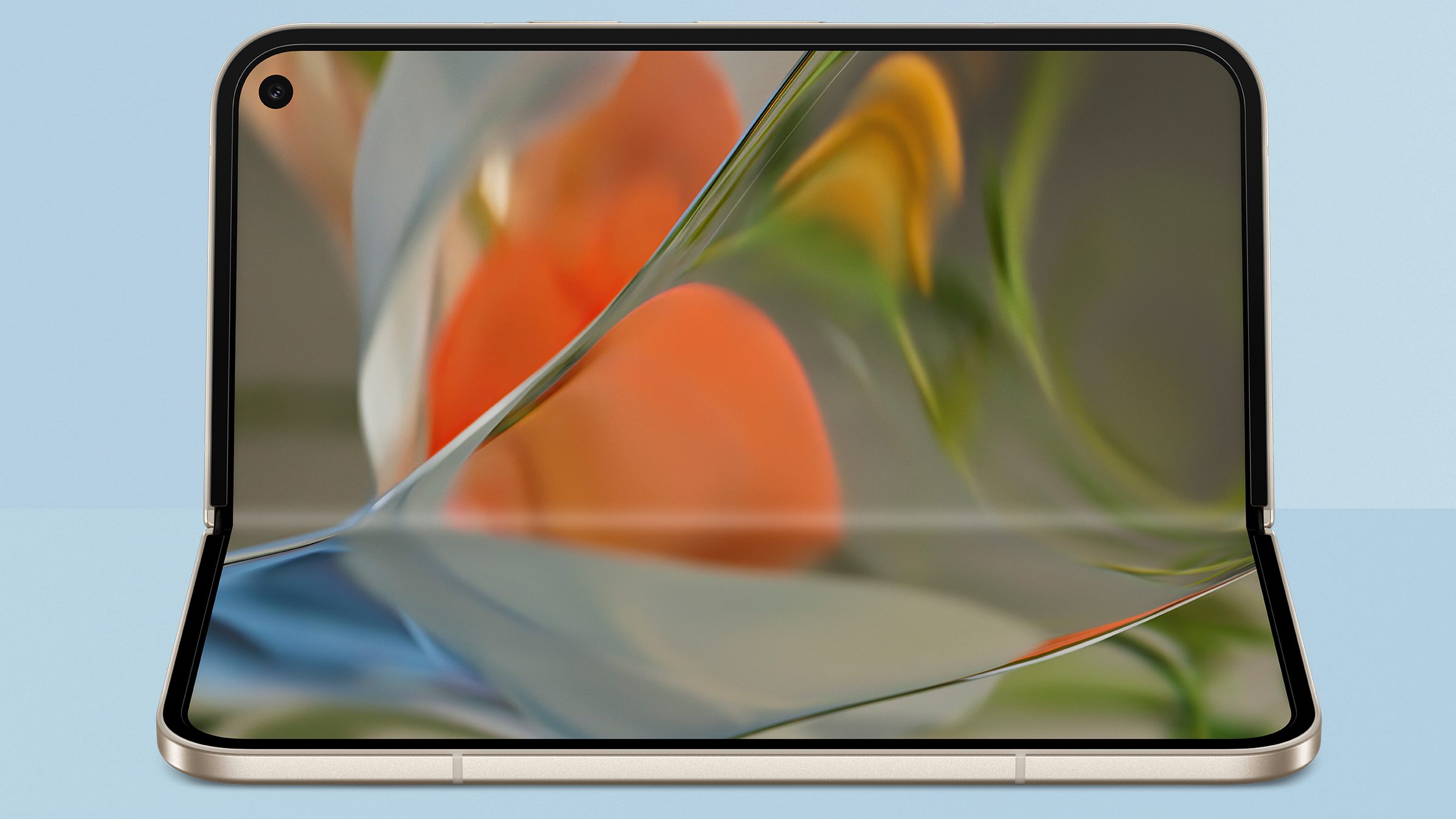
Quick Summary
Google has revealed its second-generation foldable, the Pixel 9 Pro Fold, as part of its 2024 line-up – revealed at the Made by Google summer event.
The new Fold has the largest-ever internal display of any folding phone, outpacing Samsung's Galaxy Z Fold 6 in this department.
It was only last month that Samsung went big at its summer Galaxy Unpacked event for 2024 – revealing, among other key products, the Galaxy Z Fold 6 in a bid to retain the crown as making one of the best folding phones.
In a change to the typical launch schedule, however, Google has come a-knocking, officially revealing the Pixel 9 Pro Fold – a new naming convention for the company's second-generation foldable – at its Made by Google summer event, taking place earlier than its usual October timeline. It includes some massive upgrades that will certainly ask questions of Samsung's key competitor.
By massive, that can be taken quite literally – as the Pixel 9 Pro Fold features the largest internal display of any foldable to date, at 8-inches across the diagonal measure. Google is clearly taking its second foldable attempt even more seriously, as that display now folds fully flat – a design shortcoming in the original Pixel Fold, which didn't quite.

In T3's review of the earlier Google foldable, it was clearly 'the start of something great', as per its headline, but this round two attempt in the Pixel 9 Pro Fold looks like a much more solid effort from early glimpses. Unlike the Samsung Galaxy Z Fold 6's tall-and-narrow front display, the Pixel 9 Pro Fold opts for a more standard 20:9 aspect ratio at 6.3-inches – and therefore similar to many of the best phones you can buy today.
The internal display is the big headline, though, with a brightness that's massively increased over its predecessor (2700 nits peak) and even a whisker beyond Samsung's claims (2600 nits). This OLED panel has a 2076 x 2152 resolution and variable refresh rate from 60Hz to 120Hz, so you'll get crisp and smooth visuals throughout.
The other massive new feature on the Pixel 9 Pro Fold is also clearly visible: a giant camera bump on the rear that dwarfs any of its competition, including the OnePlus Open's epic rear circular design. Interestingly, however, the Fold doesn't pull in the same cameras as the also-announced Pixel 9 Pro and Pro XL models – there's a 48-megapixel main, 10.5MP wide-angle, and 10.8MP 5x optical zoom.

Where Google is clearly further bringing the competition to Samsung, though, is with a greater focus on artificial intelligence. The Pixel 9 Pro Fold deploys Google's latest Tensor G4 chip, which runs Gemini Nano (including a year of Gemini Advanced included), and leverages 16GB of RAM to ensure its on-device AI features can deliver. That's a clear aim at taking on Samsung's Galaxy AI system.
Get all the latest news, reviews, deals and buying guides on gorgeous tech, home and active products from the T3 experts
As such, Google has gone big on AI features, with specifics like a Pixel Screenshots app able to contextually search, Pixel Studio's AI image generator, Call Notes to transcribe calls in real-time, and the usual suite of current features, such as Magic Editor for on-device adjusting of images.
Pre-orders open today for a 4 September on-sale date, with pricing set from £1749/$1799/AU$2699. It's available in Obsidian (black) or Porcelain (white) and looks like a potentially massive upgrade for foldable phones in 2024. Whether it'll bring the goods, we'll be sure to investigate in a future review

Mike is T3's Tech Editor. He's been writing about consumer technology for 15 years and his beat covers phones – of which he's seen hundreds of handsets over the years – laptops, gaming, TV & audio, and more. There's little consumer tech he's not had a hand at trying, and with extensive commissioning and editing experience, he knows the industry inside out. As the former Reviews Editor at Pocket-lint for 10 years where he furthered his knowledge and expertise, whilst writing about literally thousands of products, he's also provided work for publications such as Wired, The Guardian, Metro, and more.
